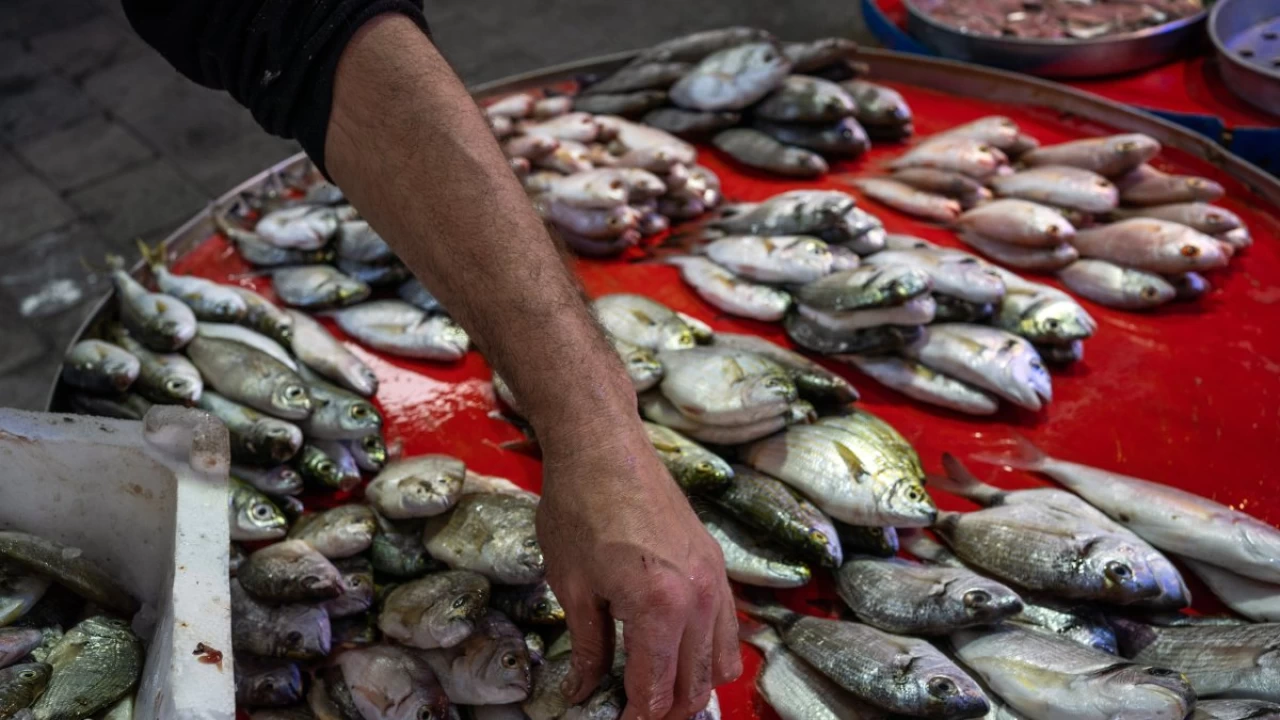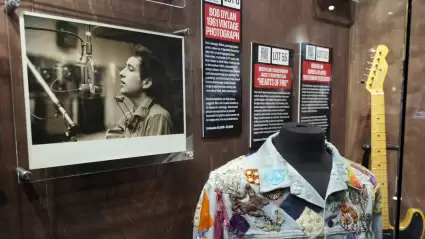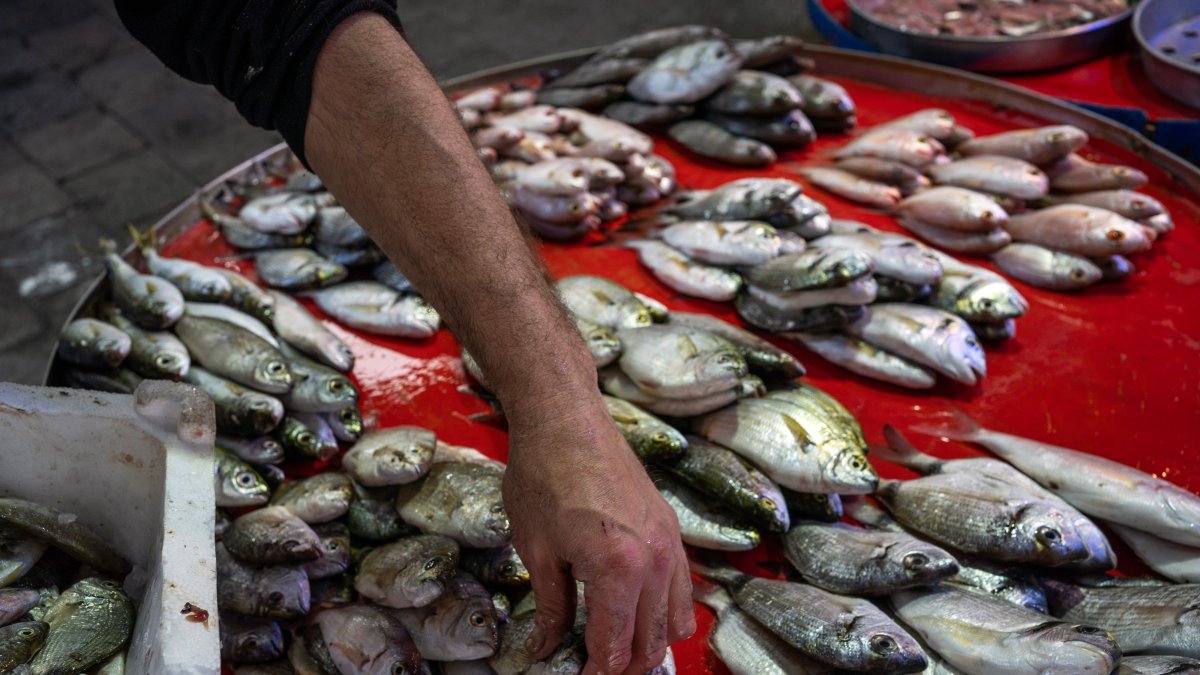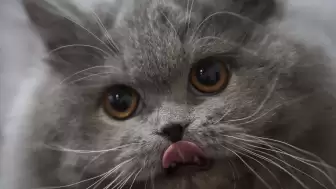Microplastics Found in Digestive Systems of Commercial Fish in Gulf of Izmir
A recent study has revealed the presence of microplastics in the digestive tracts of 11 different commercial fish species in the Gulf of Izmir, with varying levels of contamination. The research also suggests that higher concentrations of microplastics may be located closer to the water surface compared to the seabed.
Research Conducted by University Scientists
Scientists from a local university conducted the research, focusing on fish species like mackerel, red mullet, sea bream, tern, sea bass, coral, mullet, horse mackerel, and sardine in the Gulf of Izmir, located in western Türkiye.
Detection of Microplastics in Fish
During the study, microplastics were detected in the digestive systems of the examined fish, ranging in size from 101 to 4,901 micrometers.
Prevalence of Microplastics in Different Fish Species
Among the fish species studied, microplastics were found in varying percentages, with mullet showing the highest detection rate at 55%, followed by mackerel, horse mackerel, bream, sardines, shad, red mullet, corals, sea bass, swallows, and murrel.
Color Distribution of Microplastics
Analysis of the microplastics revealed that black microplastics were the most common at 64.9%, while red, blue, green, white, and transparent microplastics made up the rest of the detected particles.
Impact of Microplastics on Marine Life
Kenan Gedik, an academic involved in the study, emphasized that the widespread use of plastics in daily life is a significant source of microplastic contamination in marine ecosystems, posing a threat to marine life globally.
Concerns Over Increasing Plastic Pollution
Gedik highlighted the alarming trend of plastic waste entering the seas, with projections indicating a doubling of plastic production by 2040, leading to a surge in plastic pollution worldwide.
Accumulation of Microplastics in Gulf of Izmir
Gedik expressed concerns about the environmental disaster caused by untreated wastewater discharge in the Gulf of Izmir, leading to fish deaths and the accumulation of microplastics in fish species inhabiting different layers of the water column.
Composition and Distribution of Microplastics
Analysis of the microplastics revealed a mix of fragments and fibers, with polyethylene being the dominant polymer type. The distribution of microplastics varied among different fish species, indicating potential differences in contamination levels.
Implications for Marine Ecosystem
Gedik warned about the potential consequences of microplastic ingestion by fish, including digestive issues, nutrient absorption problems, and the transfer of pollutants through microplastics in the food chain, ultimately affecting the marine ecosystem.
Human Health Concerns
Gedik also raised awareness about the risks of human exposure to microplastics through fish consumption, highlighting the potential health impacts of microplastics containing harmful chemicals on liver function, reproductive health, and brain development.
















